As is to be expected, we have a lot of elephant dung on our hands at HERD! We’re always looking for new and sustainable ways to recycle and reuse this dung, whether it’s creating elephant dung paper and gin, or using the dung in compost and to fill erosion areas in the bush. It’s not just the dung beetles who like the stuff!
Our mission at HERD is aligned with the Sustainable Development Goals (SDGs) adopted by the United Nations in 2015. These goals, like our own, recognise that development must balance social, economic and environmental sustainability. We have implemented several sustainability projects at HERD in order to achieve these goals. Two of those projects are the elephant dung compost project and the bokashi food waste processing project.

Learn more about these two projects from HERD Operations Manager, Juan Ferreira, who writes:
Sustainability has become a big word all over the world. Keeping up with the ever-advancing meaning and added aspects of the term sustainability can be daunting.
Although implementing sustainable practices in a business can be considered critical in all fields, it is even more important to implement these practices with haste in the field of ecotourism, especially given the ecologically sensitive areas that these types of lodges are built in.
Jabulani and HERD have set a plan in motion to guide us towards carbon neutrality by the end of 2040. This long-term plan is broken into smaller, bite-sized projects. Two of those projects are up for discussion here.
Elephant Dung Compost Project
The first project is the elephant dung compost project. Elephant dung has many uses for the creative mind, and implementing some of these ideas has become critical to our operation. Although labour intensive, making compost for use on the reserve is relatively cost-effective, with the only real expense on our side being the man hours. The dung is brought to a fence-enclosed area and heaped in elongated, pyramid-shaped heaps. To ensure that not too much soil is mixed into the compost, we make use of old conveyor belts as platforms for the heaps.
We have a simple rule of thumb when we approach the compost. Essentially, it comes down to turning and watering the compost on a daily basis for a week and thereafter, once per week for a month. At the end of this 8 week process, the compost is in such a form that it can be bagged into reused game pellet bags and placed in a dark storeroom. This compost is then widely used on the reserve and on our bana grass plantation in order to fertilise the soil. On the reserve with veld rehabilitation projects, the compost enriches the generally waterlogged soil. On the bana grass plantation, the organic elephant dung compost has replaced chemical compounds.
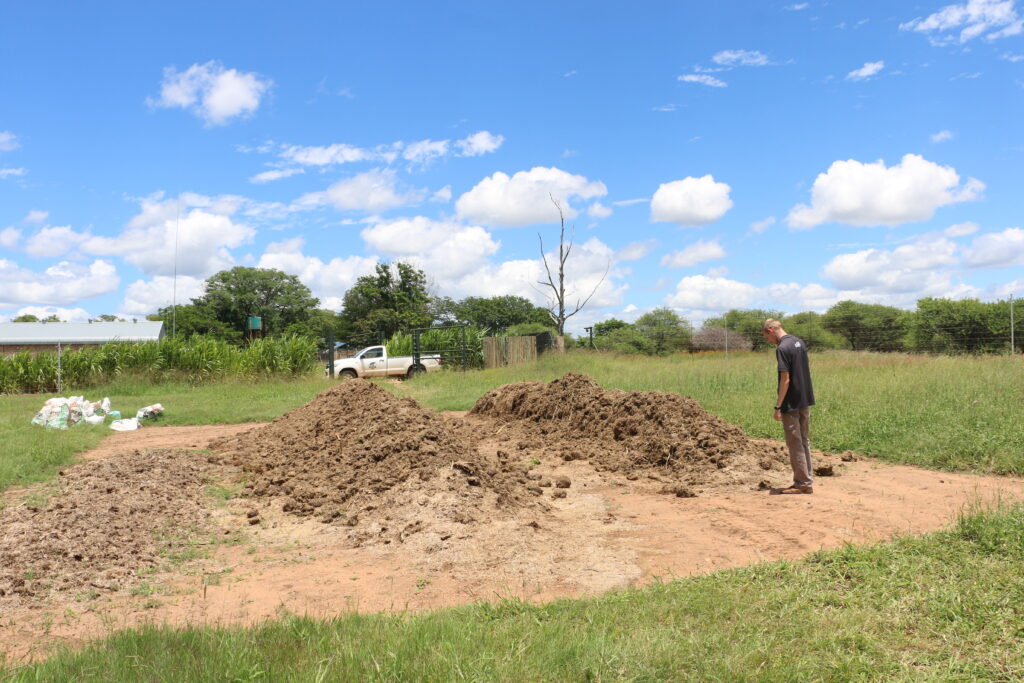
Bokashi Food Waste Processing Project
The second project is the bokashi food waste processing project. This system was implemented to address the food waste generated by the lodge. Essentially, the unused food is poured into layers, with thin layers of organic bokashi in between. This bokashi will then essentially ferment the food waste, changing the chemical composition and even allowing red meat, chicken and fish, which is usually unsuited for composting, to be composted. After 18 days, a full drum of this bokashi mix is worked into the above-mentioned elephant dung heaps.
These two projects together form the complete elephant dung compost project. Several of these smaller sustainability projects are being implemented across the portfolio to guide us towards the end goal of reaching carbon neutrality by the end of 2040.
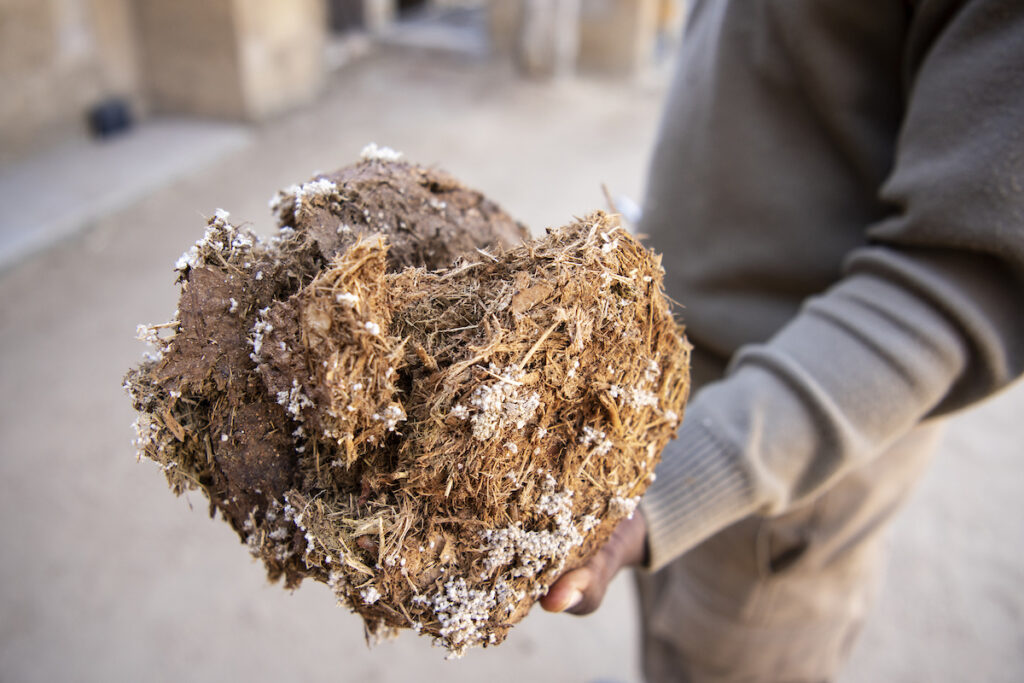



 Comment
Comment
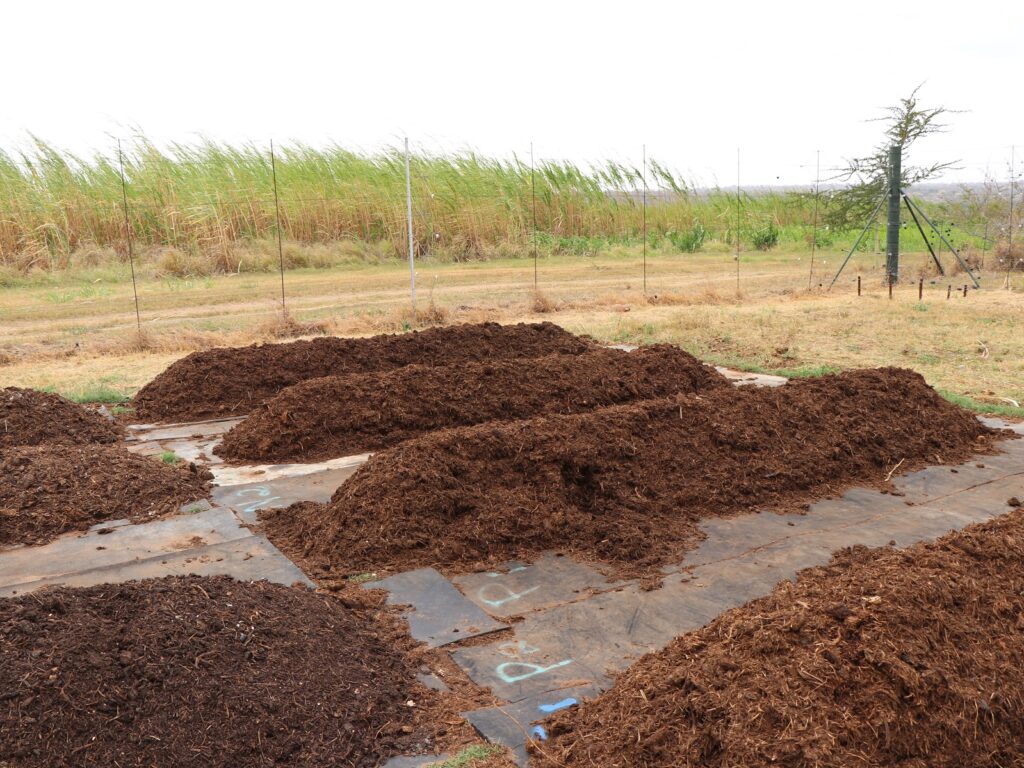
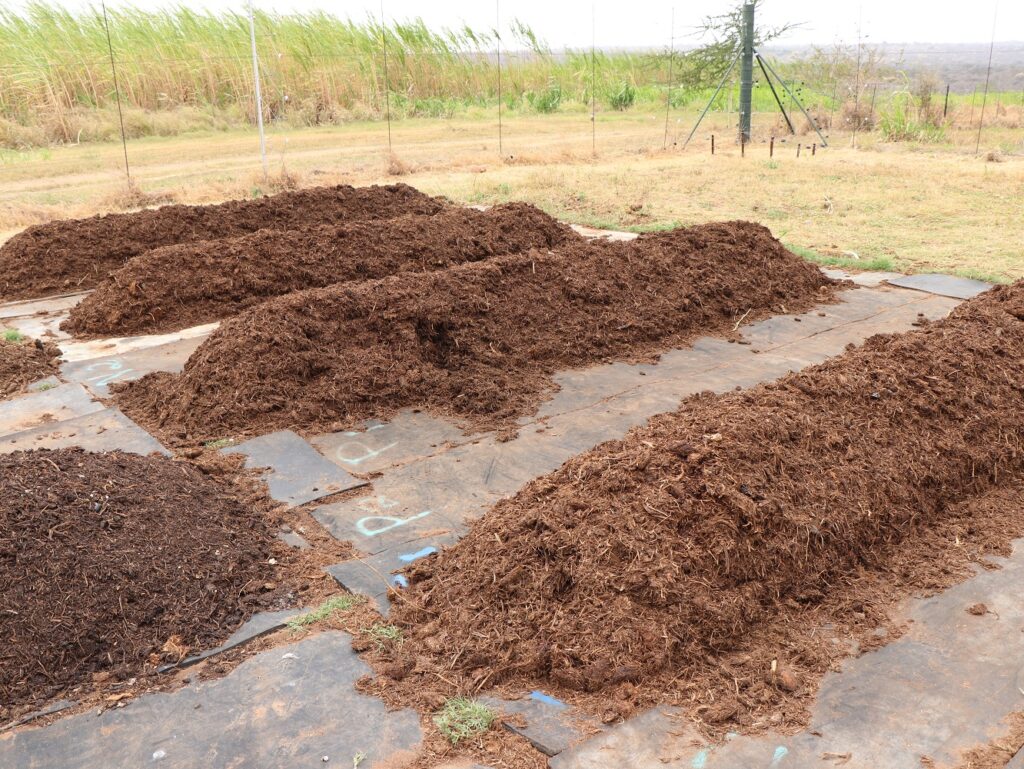
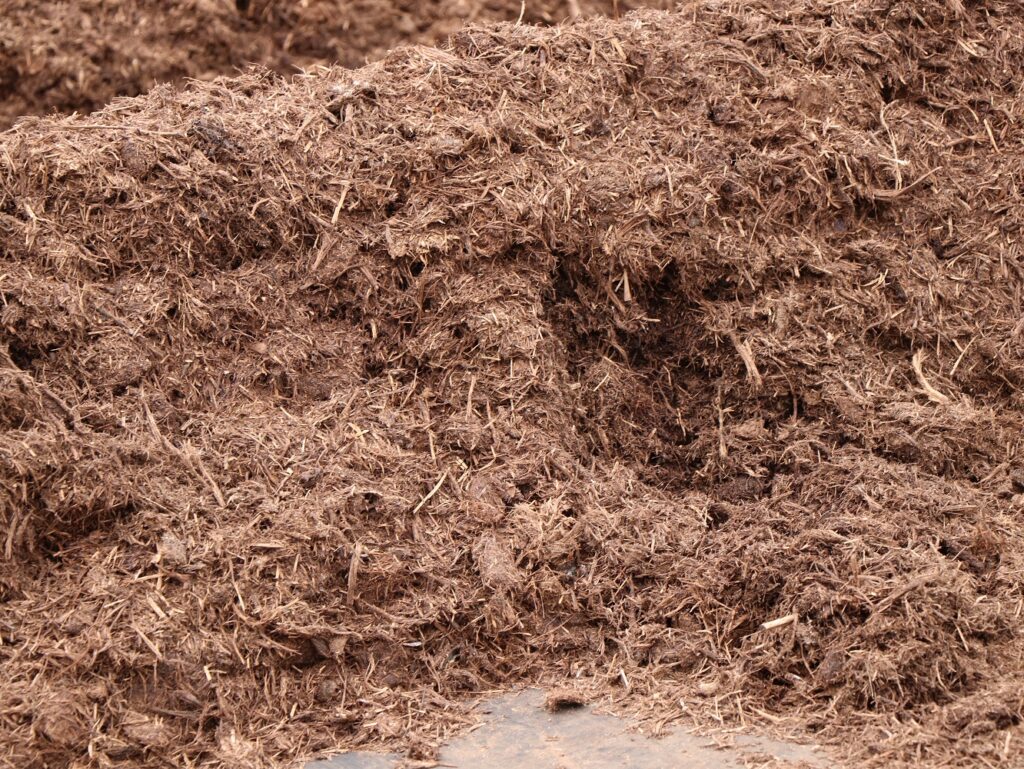


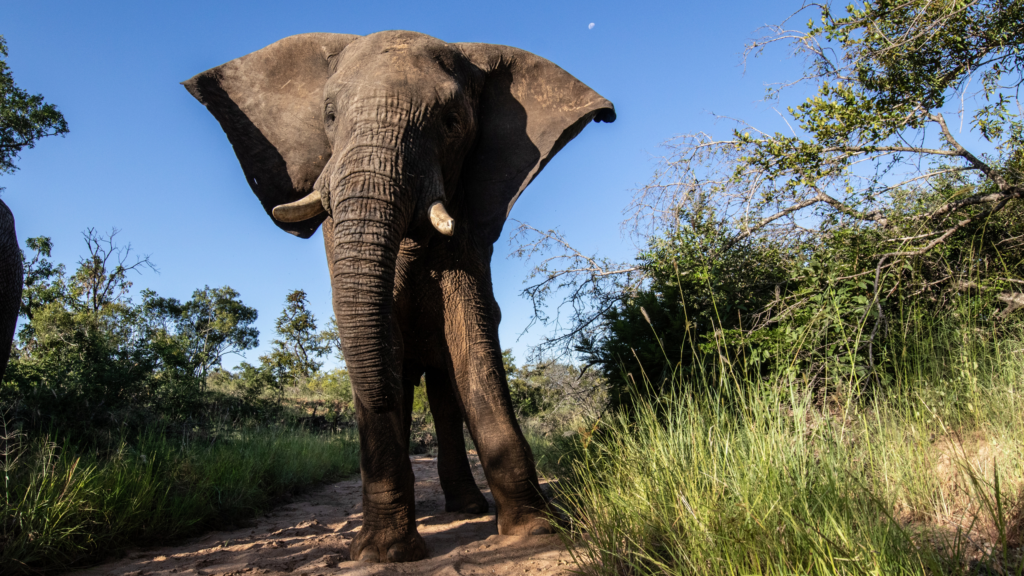




I love reading all your blog posts.
I am most impressed with all your sustainability projects, especially your creative uses of dung. I saw pictures of the interior wall in your lodges and learned they were made with dung. That was surprising and they were so beautiful, warm and inviting. How marvelous all the uses of dung! Paper? I wonder who first looked at a
Pile of elephant poop and thought “Paper?!” What a mind that person must have. Did you know the first insulin back in the 1940s was created in a lab from E. Coli found In human poop? Who looked at human poo and thought “insulin!” So wild!
So proud of all the work y’all do!